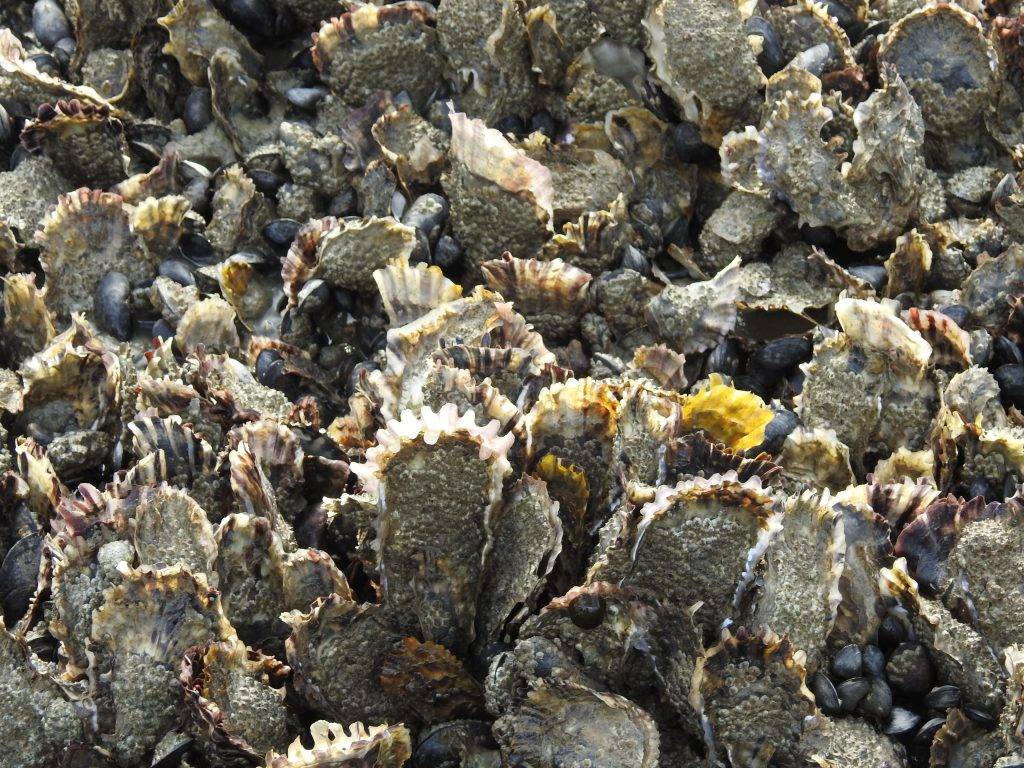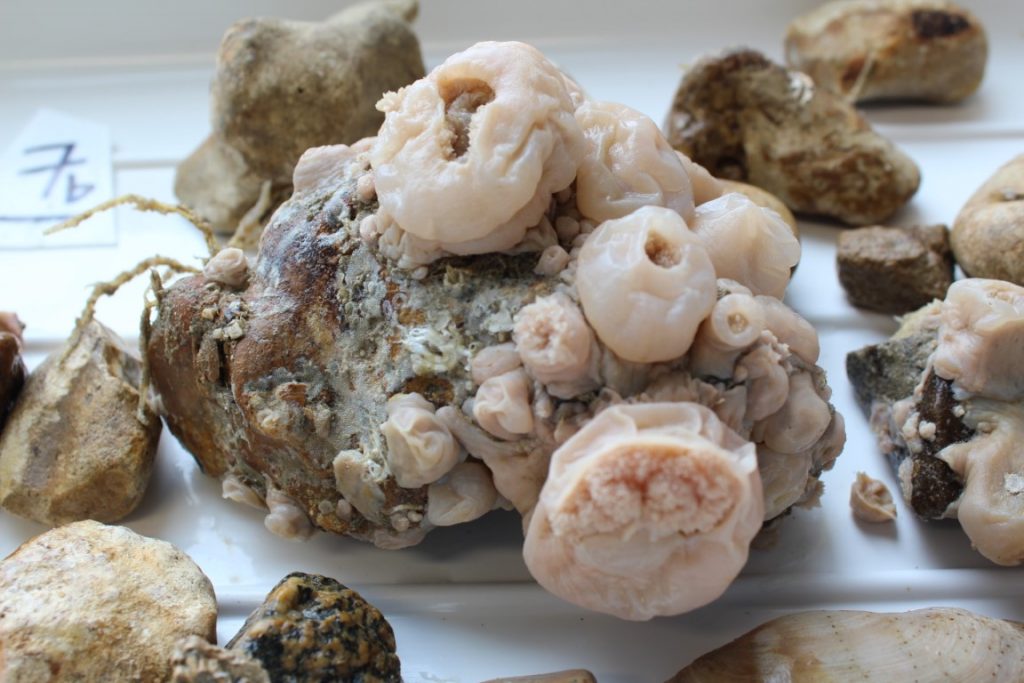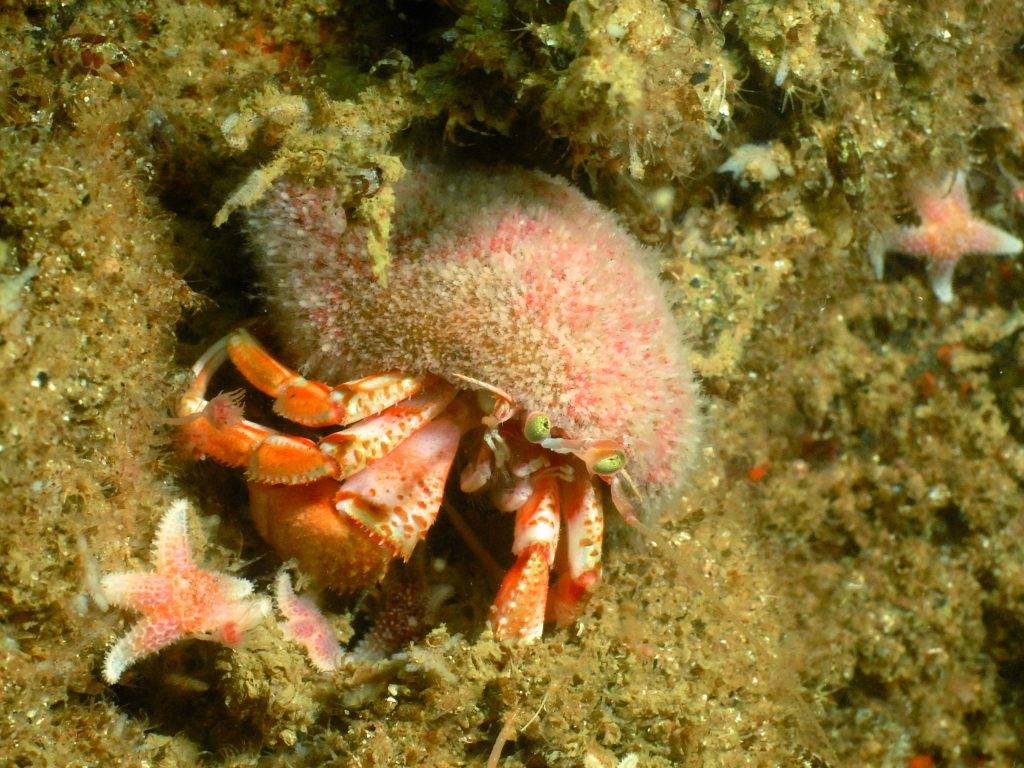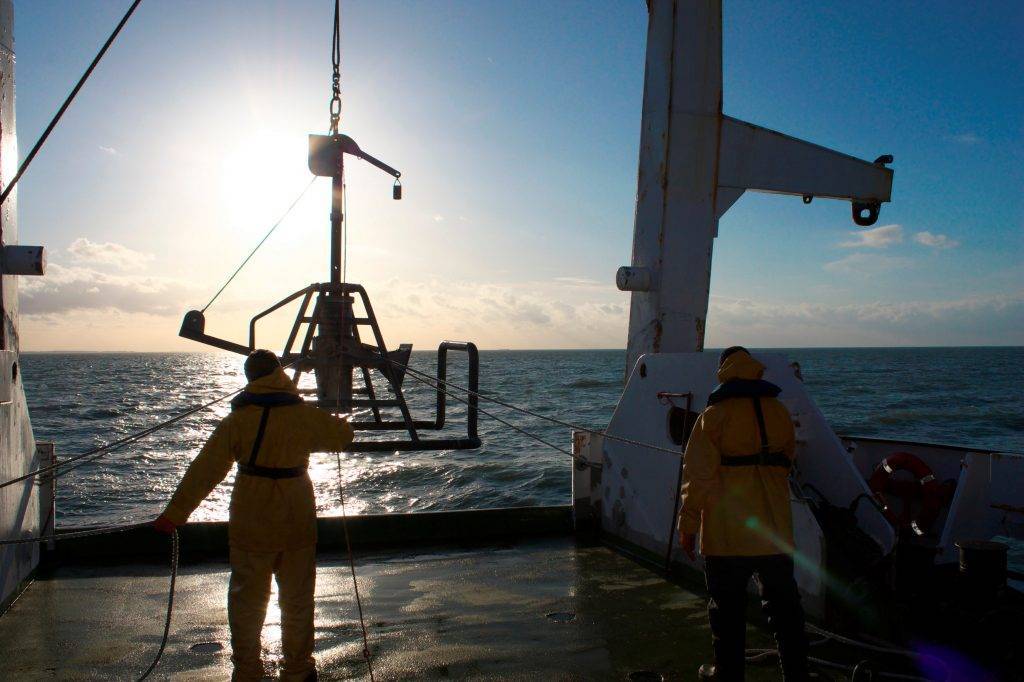Hard substrate Ecology
The marine environment is increasingly faced with the perturbation and removal of naturally available hard substrates from the coastal environment (e.g. gravel beds) to the deep sea (e.g. nodule fields), which results in habitat disturbance and loss for its associated species, ecosystem functions and services. At the same time, man-made hard substrates are proliferating in many marine environments as a consequence of Blue Growth, including those related to renewable energy installations. These are colonized by a specific fauna, different from natural hard substrate communities, and in turn affect ecosystem functioning and provisioning of services. The MARECO hard substrate research is focusing on ecosystem structure, ecosystem functioning, non-indigenous species and the deep-sea environments.
NON-INDIGENOUS SPECIES
Coastal regions, such as the shallow southern North Sea, are now home to many species that previously did not occur there. Some were introduced to their new habitat due to human activities like shipping and aquaculture (i.e. introduced species). Others expanded their distribution range into new regions due to climate change (i.e. range-expanding species). MARECO specifically investigates non-indigenous species taking advantage of the ocean’s sprawl to establish and spread. Habitats like man-made hard substrates in offshore wind farms, groins, buoys and harbor walls are at focus. Aside the detection of new species arrivals, we also address the effects of the presence and activities of non-indigenous species on the marine ecosystem.

ECOSYSTEM FUNCTIONING

MARECO aims at a better understanding of the effect of the introduction of man-made hard substrates on ecosystem functioning at the local and larger geographical scale. We use wind turbines and the associated fouling fauna as a model system where human activities resulted in a local dominance of suspension feeders, affecting both the water column and surrounding sediments. We focus on carbon and nitrogen flows through the marine system. Our research is based on a combination of lab experiments, field measurements to gather a detailed understanding of local processes, which are upscaled towards a larger geographic scale by cooperating with oceanographic modelers.
ECOSYSTEM STRUCTURE
MARECO’s focus on the ecosystem structure of hard substrates encompasses a full array of ecosystem structure descriptors, such as species density, biomass and diversity, and their variability in space and time. Our research targets the study and characterization of the biotic (biology and ecology of organisms) and abiotic (dynamic physical features and materials) components of gravel beds. We are particularly interested in refining our understanding of resistance and resilience to both natural and anthropogenic disturbance. To achieve this, we make use of various methodologies and oceanographic instruments in a multidisciplinary research framework.

DEEP SEA

The deep sea represents the largest ecosystem on the planet, with the abyssal seafloor covering 54 % of the Earth’s surface. It is a heterogeneous environment, controlled by many factors e.g., particulate organic carbon flux, topography and anoxia. Research in this environment is both cost and labour intensive, confounding our understanding of the drivers and functionality of this ecosystem. Although it is still one the least human-influenced ecosystems, it is increasingly clear that deep-sea resource exploitation will rise i.e., via mining of polymetallic nodules. Our research focusses on connectivity and habitat unicity to assess this impending impact on benthic communities.
